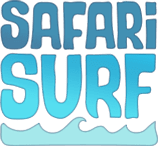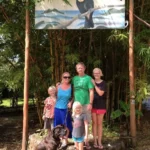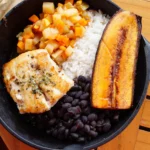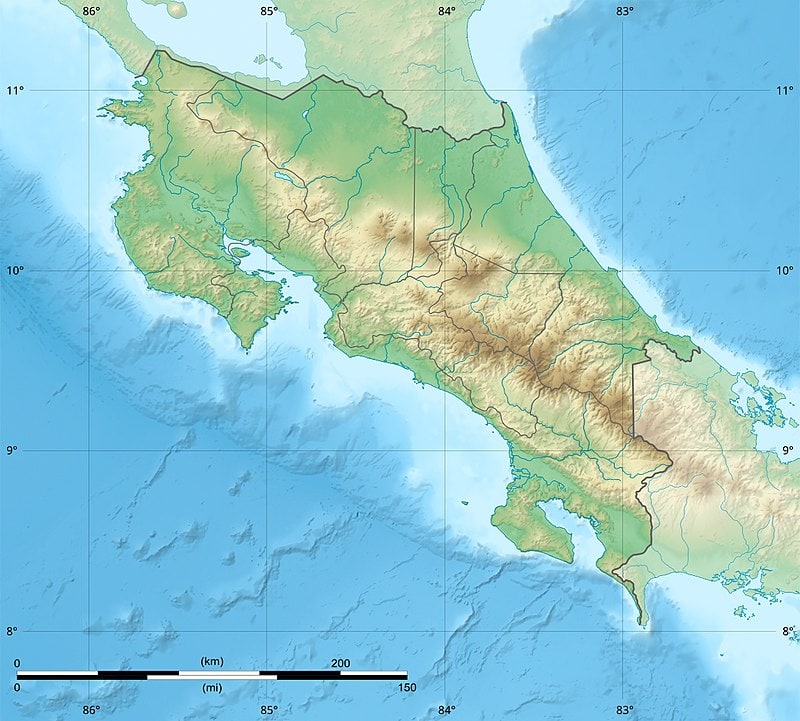
Surfers have been flocking to Costa Rica since the late 1960s. After the popular surf movie Endless Summer II showcased point break perfection at Ollie’s Point and Witch’s Rock in 1994, the secret was out, and surfers started pouring into the country like never before. With warm water, year-round swell, friendly locals, untouched jungle, and pristine beaches, what’s not to love? Costa Rica has surf on both the Pacific and Caribbean coasts, but the Pacific side sees year-round swell. With over 630 miles of Pacific coastline, it can be hard to know where to start. Fortunately for surf travelers everywhere, our team at Safari Surf has compiled the ultimate Costa Rica surf guide. Continue reading below for Costa Rica Surf Travel 101: Where to Find the Country’s Best Waves.
Costa Rica Surf Regions
Guanacaste
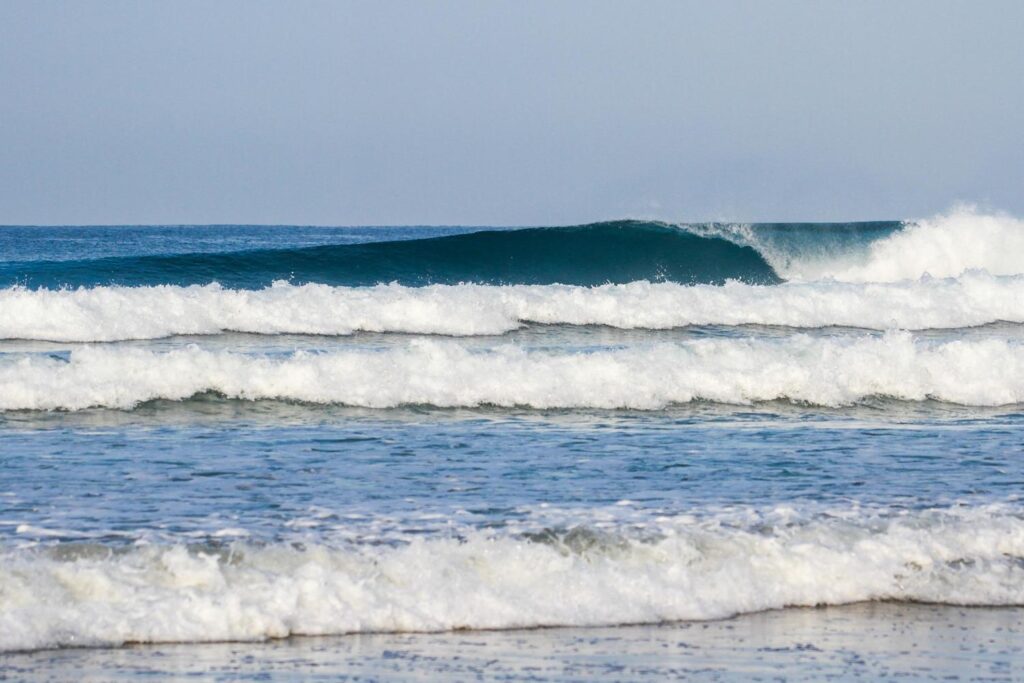
Guanacaste is Costa Rica’s northernmost province on the west coast. Guanacaste was originally part of Nicaragua but voted to join Costa Rica in 1824. It’s never been easier to travel to Guanacaste, thanks to the international airport in Liberia. Guanacaste is home surf towns like our very own Nosara and Tamarindo. The premier surf breaks in Guanacaste include Playa Guiones, Witch’s Rock, Ollie’s Point, Playa Grande, and many more.
The Nicoya Peninsula
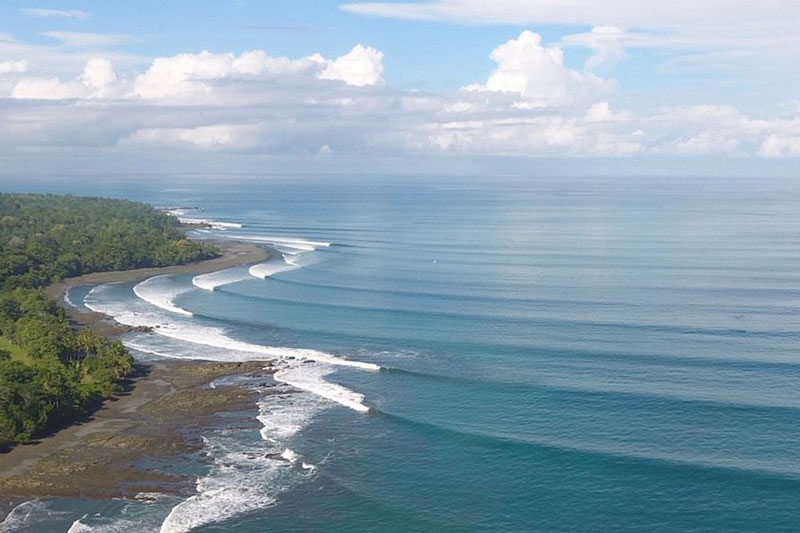
Further south, the Nicoya Peninsula juts out and separates the Northern Costa Rican coast from the rest of the country. The Nicoya Peninsula is home to the well-known surf towns of Mal Pais and Playa Santa Teresa. Santa Teresa has boomed in the last few years. What was once a sleepy surf town is now full of trendy shops and restaurants. The area offers stunning scenery and a combination of beach and reef breaks.
Central Costa Rica
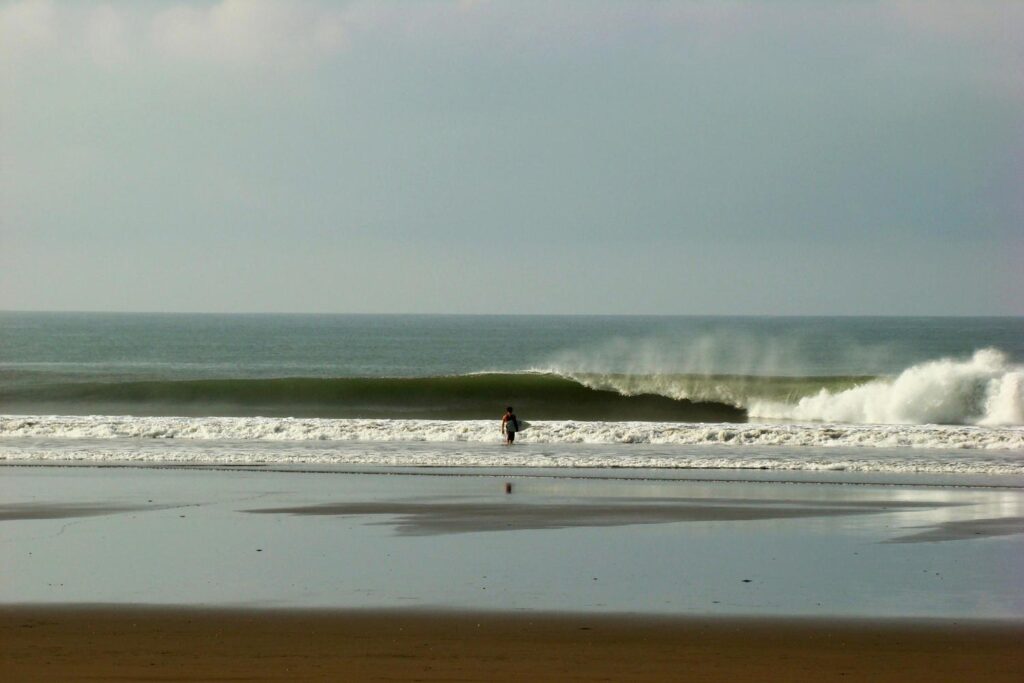
The central Costa Rican Coast is the easiest to access from the capital of San José. Home to Coca Barranca, Jaco, and Playa Heromasa, the Central Costa Rican coastline boasts some of the best big wave spots in all of Costa Rica. During large swells, head to the river mouth at Boca Barranca or Playa Hermosa. If you can brave the strong rips and make it out to the lineup, you’ll find some of the best big waves in all of Costa Rica.
Southern Costa Rica
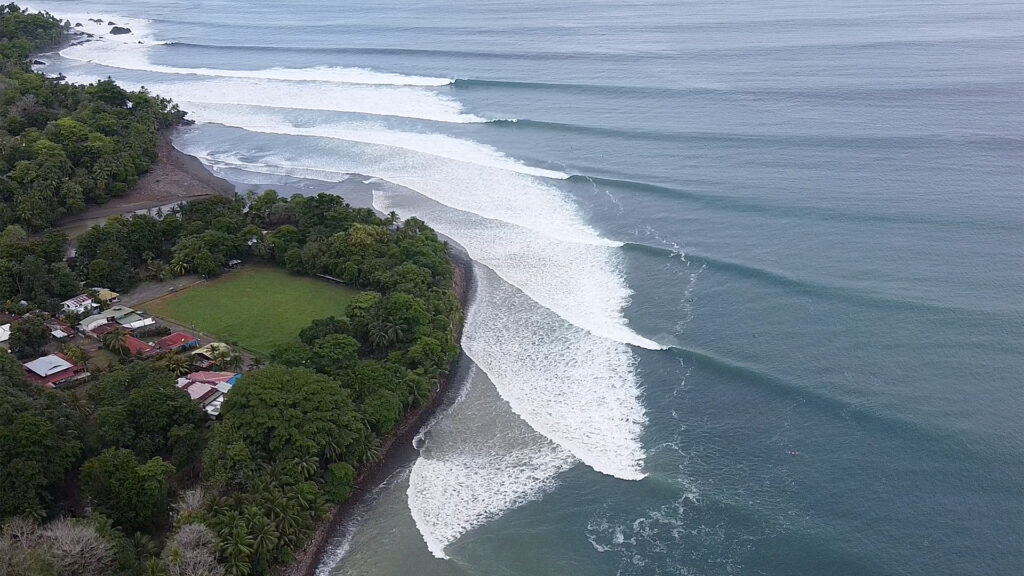
Southern Costa Rica is rugged and rural compared to the north, but it’s also home to some of the best Costa Rica surf. While the southern coast lacks the consistency of Guanacaste or the central coast, with a good swell, the region produces some of the best waves on the planet. Pavones is that wave. Pavones is an endless left-hand point break that seems to break flawlessly for hundreds of meters.
The Caribbean Coast
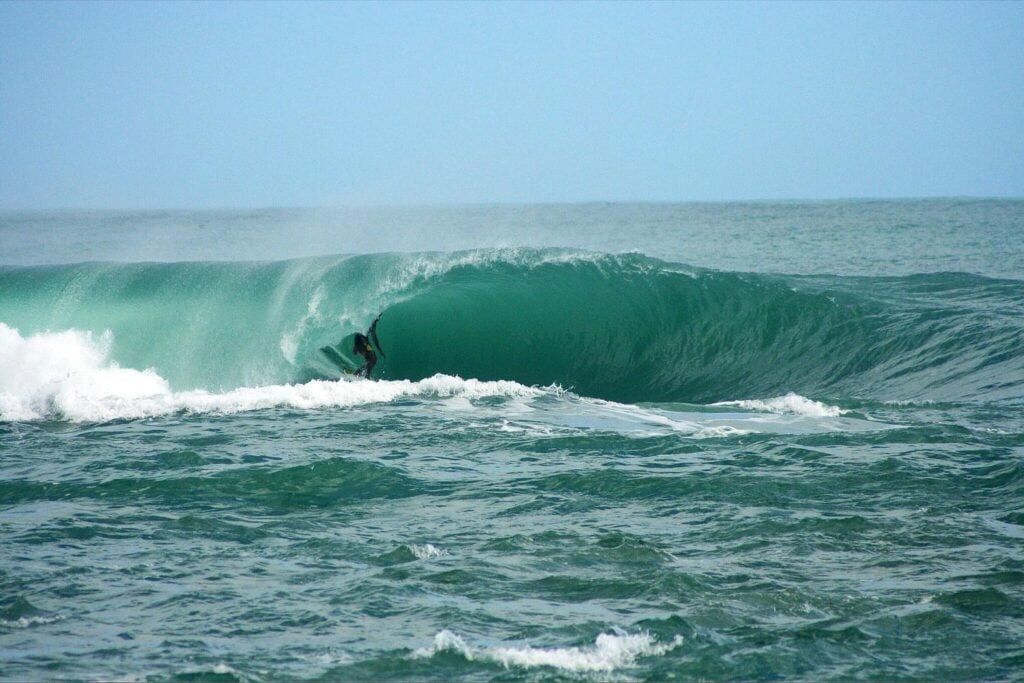
Costa Rica’s eastern coast has the tropical feel of any Caribbean destination, with electric blue water and warm sunny skies. The Costa Rica surf on the east coast is far less reliable than the surf on the west. Most swells occur during the winter, and most waves break over sharp reef. Still, the region is home to a few world-class setups, like Salsa Bravas, known for steep drops and gaping barrels.
When to surf in Costa Rica
Costa Rica has consistent surf all year, but each season (Dry and Rainy) brings different conditions. The Rainy Season, which falls from April until September, is considered swell season. During the Rainy Season, surfers can expect consistent large surf with all spots firing. The Dry Season, which falls from October until March, sees a decrease in swell size but an increase in offshore winds, thanks to the Popogoyo winds. During the Dry Season, surfers can expect small clean waves, perfect for learning and progression.
Thinking about a Costa Rica surf trip? Our Costa Rica surf school has what it takes to take your surfing to the next level. Join us for surf lessons, surf guiding, and other Costa Rica Adventures.

